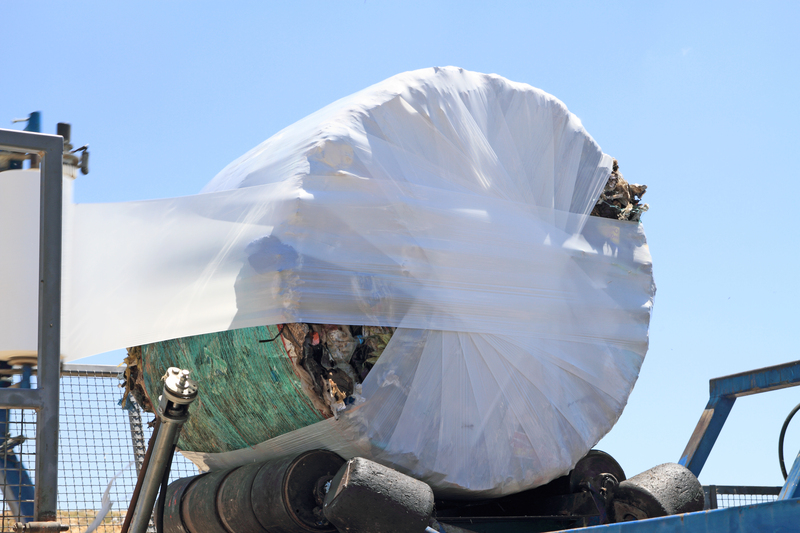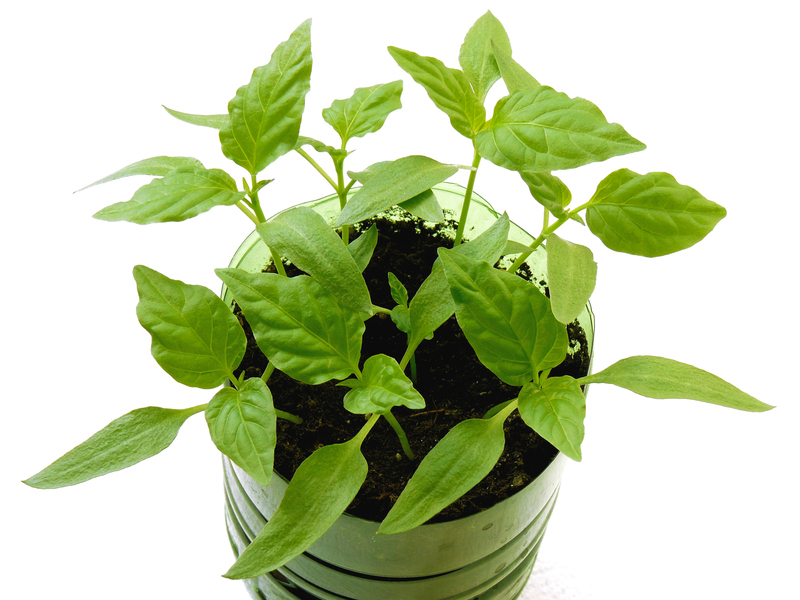Recycling Plastic in Simple Steps
Posted on 27/12/2024
Before diving into the recycling process, it's crucial to understand different plastic types. Plastics are categorized by resin codes, typically found on the bottom of containers. These codes range from #1 to #7, representing PET, HDPE, PVC, LDPE, PP, PS, and other plastics, respectively. Knowing these codes helps in identifying which types are recyclable in your area.
Step-by-Step Guide to Recycling Plastic
Step 1: Collection
The first step is to collect plastic waste. This involves gathering plastic bottles, containers, and packaging materials from households, offices, and public spaces. Keep a designated bin for plastic waste to make the collection process easier.
Step 2: Sorting
After collection, sort the plastics based on their resin codes. Sorting is essential because different types of plastics are processed differently. This ensures that the recycling process is efficient and effective.
Step 3: Cleaning
Clean the plastic materials by rinsing them to remove any food residue or contaminants. Dirty plastics can hinder the recycling process and degrade the quality of the recycled product.
Step 4: Shredding
Once the plastics are sorted and cleaned, they are shredded into small pieces. Shredding makes it easier to process the plastics and helps in removing any remaining contaminants.
Step 5: Melting
Shredded plastic pieces are then melted down and formed into pellets. These pellets serve as raw material for manufacturing new plastic products.
Step 6: Manufacturing
The final step involves using the recycled plastic pellets to manufacture new products. These can include items like containers, bottles, clothing, and construction materials.

Pros and Cons of Recycling Plastic
Pros
- Reduces plastic waste in landfills and oceans.
- Conserves natural resources by reusing materials.
- Decreases energy consumption compared to producing new plastics.
- Creates job opportunities in the recycling industry.
- Reduces greenhouse gas emissions associated with plastic production.
Cons
- Not all plastic types are recyclable, leading to limited recycling options.
- Recycling processes can be expensive and resource-intensive.
- Contamination in the recycling stream can lower the quality of recycled products.
- Recycling facilities may not be available in all regions.
- Recycling infrastructure requires significant investment and maintenance.
Tips for Effective Plastic Recycling
- Always check local recycling guidelines to understand what can and cannot be recycled.
- Rinse plastic containers before recycling to reduce contamination.
- Avoid mixing different types of plastics in the same bin.
- Encourage community participation in recycling programs.
- Opt for products with minimal plastic packaging to reduce waste at the source.

Key Takeaways
- Understanding the different types of plastics is crucial for effective recycling.
- Following a step-by-step process ensures the efficiency of plastic recycling.
- Recycling plastic has significant environmental and economic benefits.
- Challenges exist, but with proper management, they can be mitigated.
- Community involvement and awareness can enhance recycling efforts.
Conclusion
Recycling plastic is an essential practice that helps reduce plastic pollution, conserve natural resources, and support sustainable development. By following these simple steps, you can contribute to a cleaner environment and promote responsible waste management. Remember, effective recycling starts with individual action and community participation. Let's work together to make a significant impact on our planet's health and well-being.
